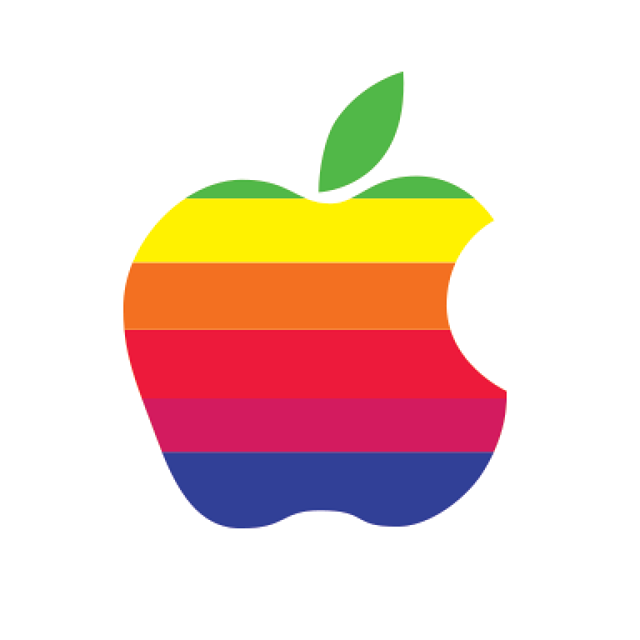Popularly, most people think of Apple as only ever having one logo (albeit one that has come in many shades, colors, and textures), from the Apple II to the iPad Pro. But the truth is that even now, depending on context, Apple uses numerous slightly different versions of its logo. And as for the idea that the iconic Apple logo sprang fully formed into the world? Patently false, as this interesting exercise in digital paleontology by Scott McPhail shows.

The Apple logo we know today originally debuted alongside the Apple II at the West Coast Computer Faire in April 1977. Featuring six rainbow stripes and an apple with a bite taken out of it, this logo is immediately familiar today: It's the retro Apple logo, and even though Cupertino has since made its signature logo monochrome, the shape and colors look familiar even to this day.

But combing through the original 1977 Apple II brochure, McPhail noticed something interesting: In many of the official product shots, the Apple logo looks markedly different. Although the general idea is the same—a rainbow fruit with a bite taken out of it—the execution is markedly clumsier. So McPhail decided to recreate the logo as best he could, correcting for color balance and image distortion.

The result? A seven-color Apple logo prototype that emphasizes the cooler end of the color spectrum—purples, blues, and greens—while sticking orange and yellow in as an afterthought in the stem. It looks more OshKosh B'Gosh than Apple, somehow. As McPhail writes:
It's like we got beamed into some alternate reality where Apple was run by some guy named Rick, disco never died, and everybody has goatees. The color arrangement is a bad match for a traditional prismatic rainbow, and with emphasis on blues and green, it doesn't make an impact. "Red blue green" colors would have been a way to emphasize the Apple II's color TV capabilities. The split leaf is not a good look, either. It really washes out. There's no doubt that this color sequence and color palette lacked punch. It was taller and wider than the final product as well. But as late as the time the photos for the brochures were made, this was more or less the Apple logo.
Of course, all logos go through countless iterations before they become officially adopted. It's likely that, feeling a time crunch, Apple decided to debut their new Apple II desktop computer at the West Coast Computer Faire with a work-in-progress logo that Jobs & Woz had no intention of ever using. It wasn't until 1983 that the Apple logo sort of settled into the exact shape we know today.
The lesson? Like Steve Jobs, even iconic logos sometimes have to go through their wilderness years.